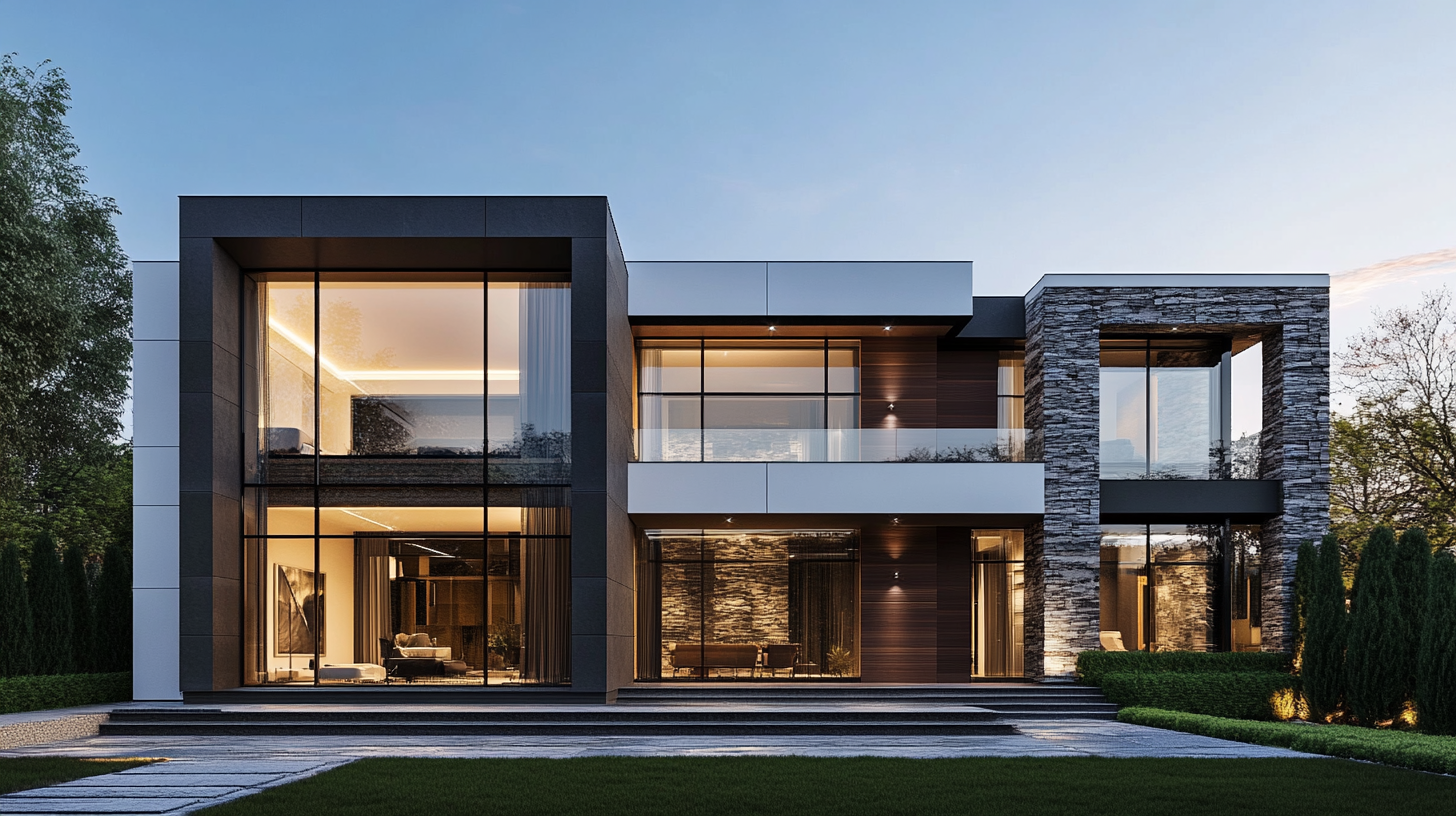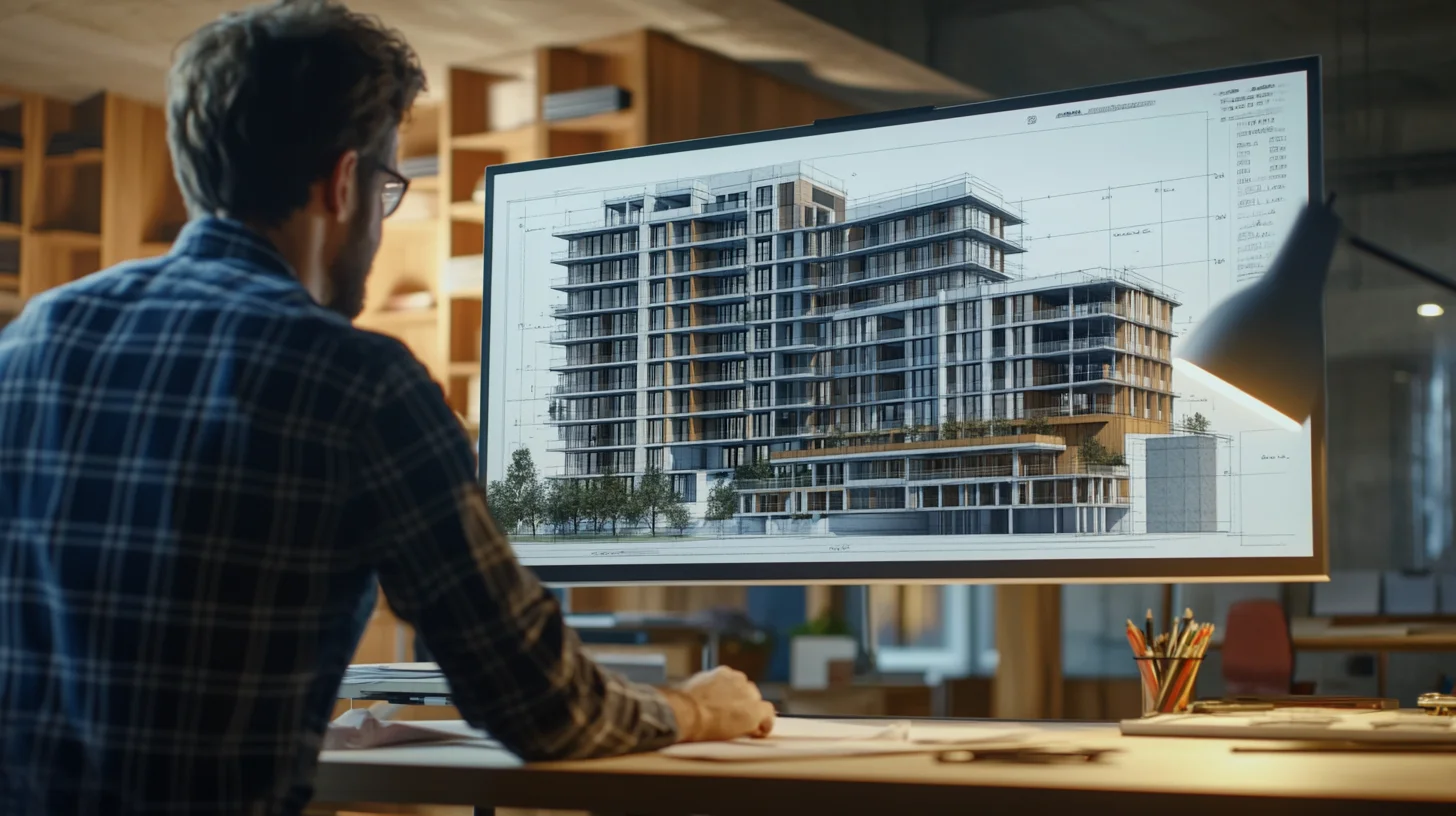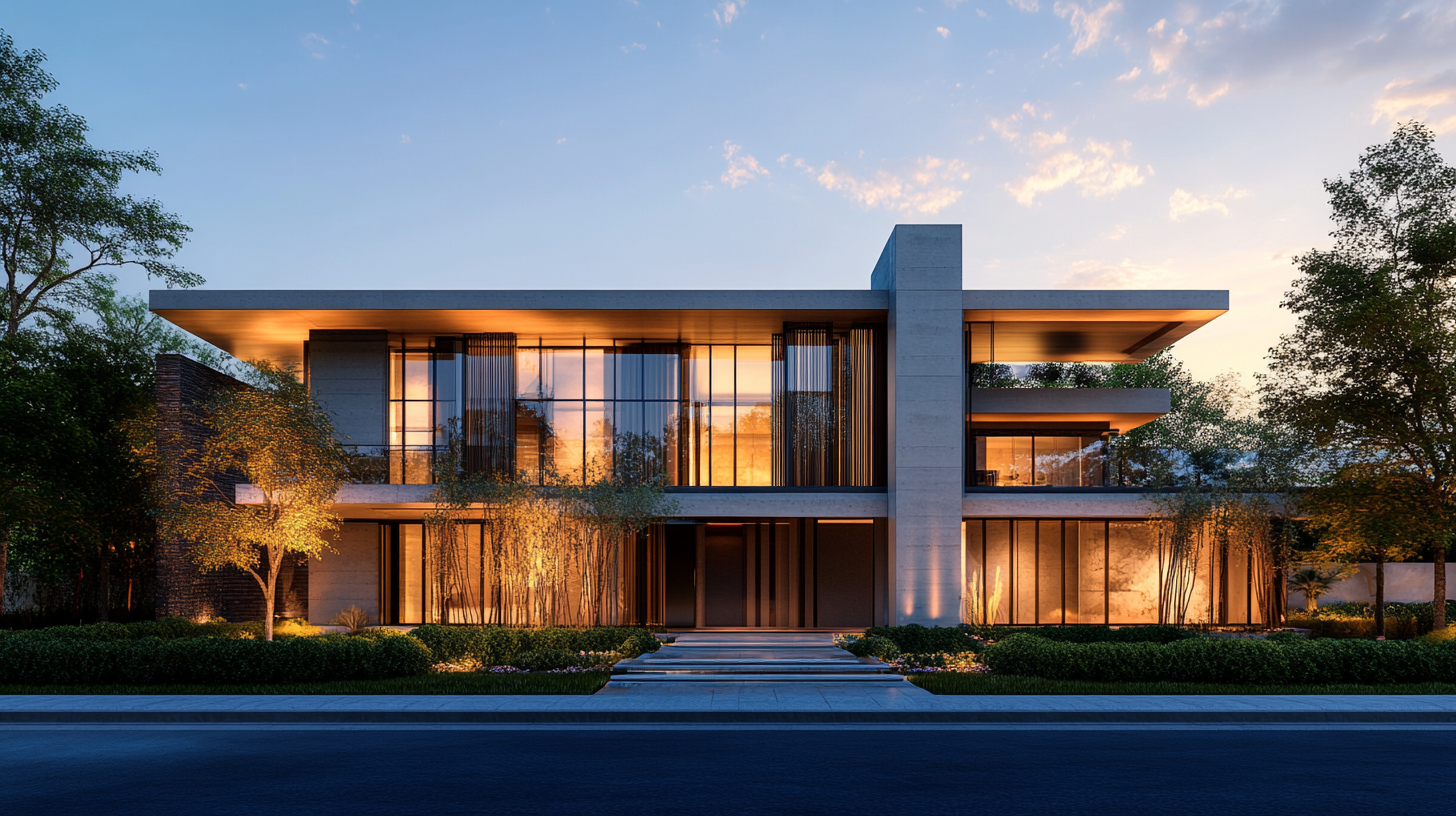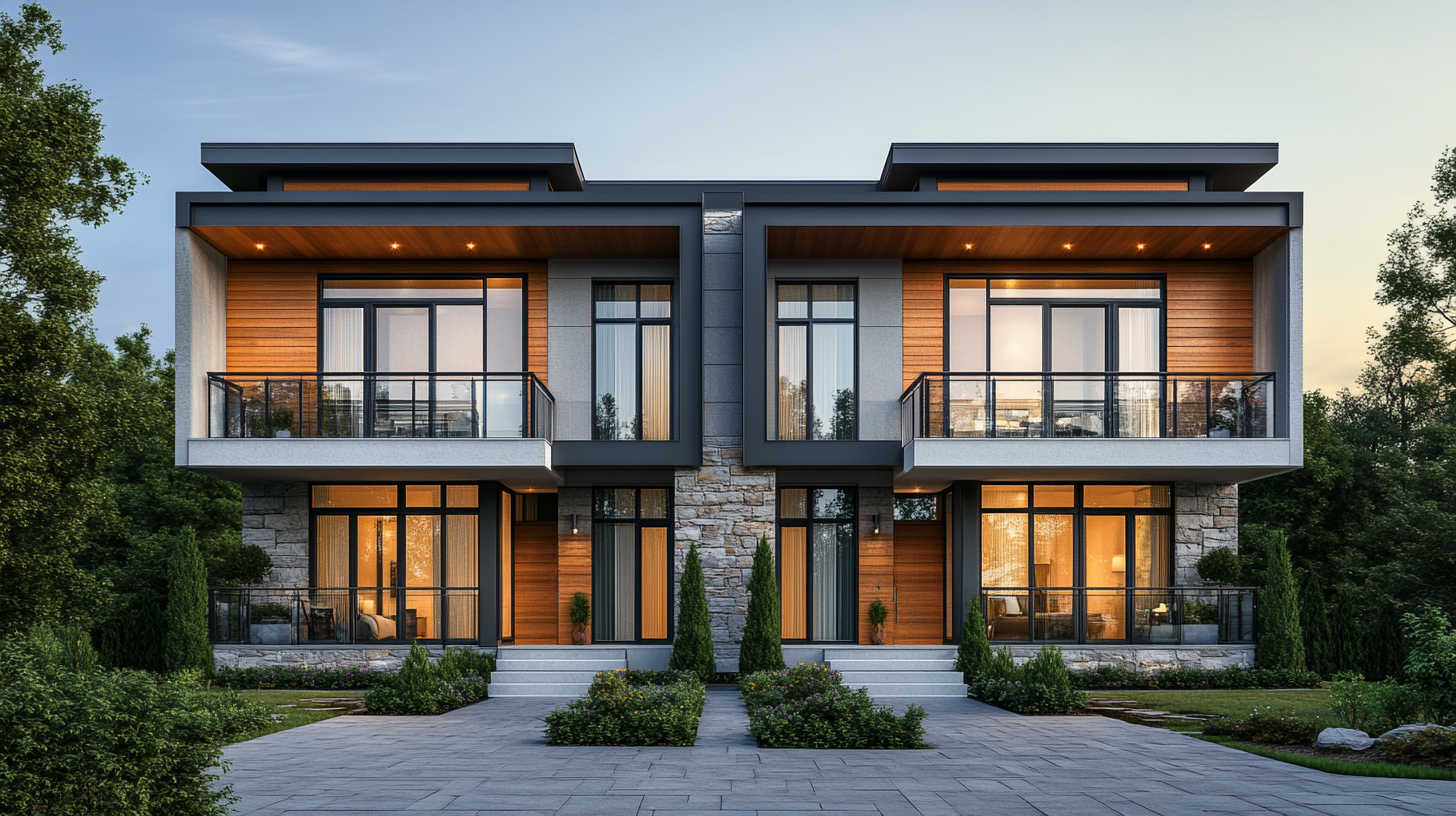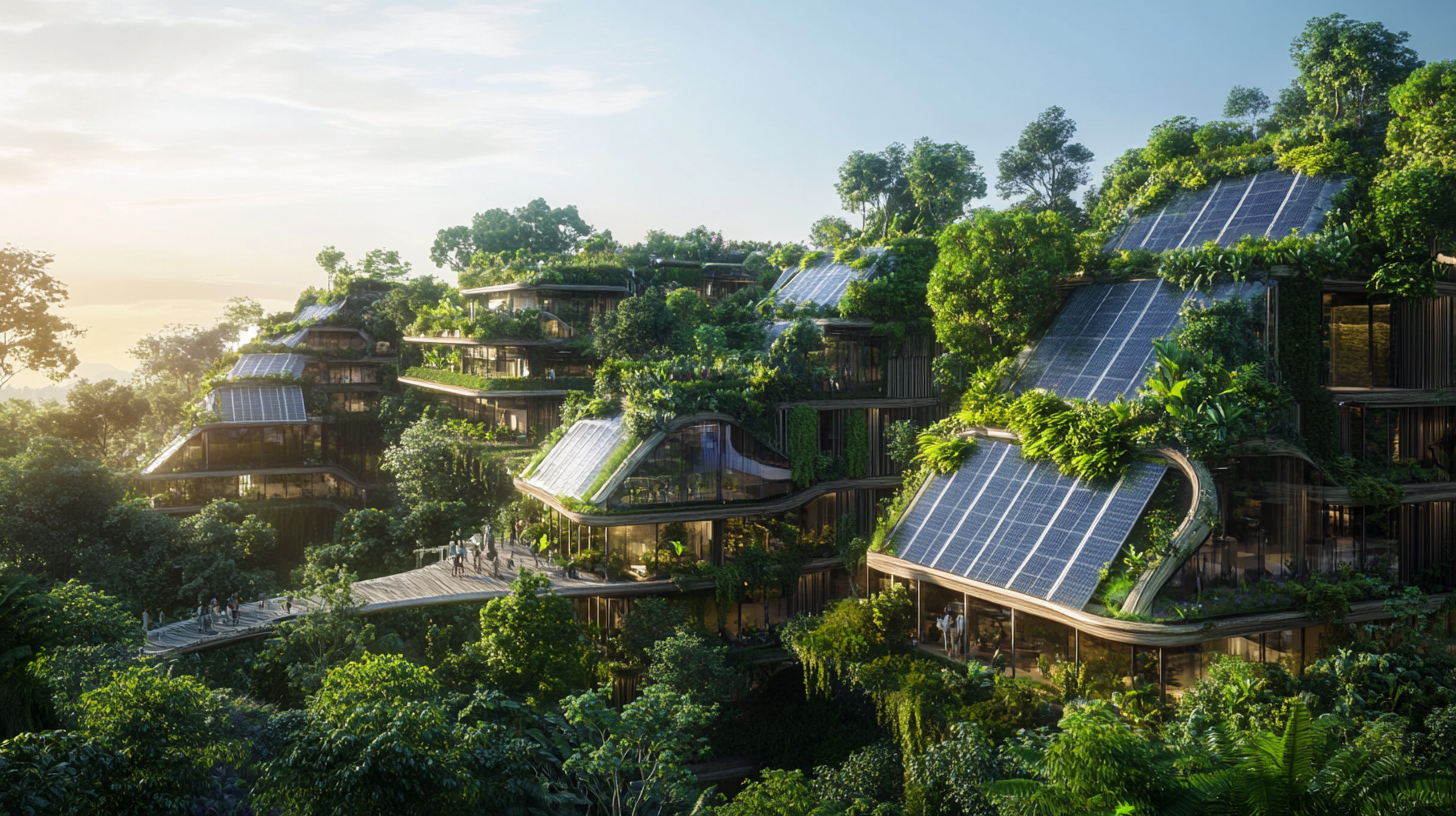
How Sustainable Architecture Can Reduce Your Carbon Footprint
Climate change is one of the greatest challenges of our time, and the construction industry is a major contributor to the global carbon footprint. But here’s the silver lining: sustainable architecture has emerged as a powerful way to combat this issue, shaping buildings that not only beautify our environment but also protect it.
Whether you’re an eco-conscious homeowner, an architecture student, or a green building professional, this guide will walk you through how sustainable architecture can play a crucial role in reducing your carbon footprint. You’ll also discover actionable insights, inspiring case studies, and principles for creating eco-friendly spaces.
What is Sustainable Architecture and Why Does It Matter?
Simply put, sustainable architecture focuses on designing and constructing buildings in ways that minimize their environmental impact while maximizing their efficiency. This means smart use of resources, energy-efficient methods, and leveraging materials that are kind to the planet.
Why is this important? Buildings account for approximately 40% of global energy consumption and produce a significant portion of greenhouse gas emissions. By rethinking how we design and build, we can create spaces that contribute to a greener, healthier future.
How Do Buildings Contribute to the Carbon Footprint?
A building’s carbon footprint includes all the carbon dioxide (CO2) emissions resulting from its construction, operation, and even after demolition. Here’s a breakdown of building-related CO2 sources:
- Energy Usage: Heating, cooling, lighting, and powering various appliances contribute heavily to emissions if powered by non-renewable energy sources.
- Material Manufacturing: Cement, steel, and other conventional materials create a huge environmental impact during their production.
- Water Waste: From construction to ongoing water usage, inefficient practices lead to unnecessary consumption and wasted energy.
Addressing these areas is where sustainable architecture shines.
Key Principles of Sustainable Architecture
Energy Efficiency
Using energy thoughtfully is a pillar of sustainable architecture. This includes both reducing energy consumption and transitioning to renewable sources. Here are some ways to enhance energy efficiency:
- Passive Design: Buildings designed to maximize natural airflow, sunlight, and insulation reduce the need for artificial heating or cooling.
- Renewable Energy: Solar panels, wind turbines, or geothermal systems can provide eco-friendly power, lowering both energy bills and emissions.
A great example is the use of wind-focused towers in traditional architecture in Chennai, where passive cooling strategies have adapted to the local climate for centuries.
Material Selection
The materials chosen for construction speak volumes about a building’s sustainability. Opt for:
- Eco-Friendly Materials: Bamboo, cork, rammed earth, and hempcrete are renewable, durable, and low-impact options.
- Recycled Materials: Reuse old wood, reclaimed brick, or salvaged steel to reduce the demand for new production.
When seeking assistance, consider working with a top architecture company in Chennai known for its commitment to sourcing sustainable materials.
Water Conservation
Sustainable architecture also extends its vision to water efficiency. With the rising global demand for this precious resource, implementing good water management is essential.
- Rainwater Harvesting: Collect and store rainwater for irrigation or flushing systems.
- Efficient Fixtures: Menus for faucets, showerheads, and toilets are vital for reducing household water use.
Indoor Environmental Quality (IEQ)
Buildings should nurture the well-being of their occupants. Improving indoor environmental quality is not only beneficial for health but can also boost productivity.
- Natural Light: Incorporate large windows with energy-efficient glass to maximize daylight while minimizing energy use.
- Ventilation Systems: Natural ventilation systems reduce the reliance on air-conditioning while optimizing fresh air flow indoors.
Sustainable Architecture in Action: Inspiring Case Studies
Seeing is believing, and these real-world examples underscore the benefits of sustainable design:
- Bullitt Center, Seattle: Dubbed “the greenest commercial building in the world,” it boasts solar-powered energy, rainwater filtration systems, and composting toilets.
- Indian Institute of Management, Ahmedabad: Blending traditional Indian architecture with sustainable practices, this campus features courtyards, wind-captured cooling, and energy-efficient systems.
- Milan’s Bosco Verticale: These “vertical forests” house sprawling greenery that improves air quality and reduces the heat island effect.
Whether you’re inspired by innovative high-rises or eco-conscious institutions, these examples prove how powerful sustainable architecture can be.
Benefits of Sustainable Architecture
Choosing sustainable design isn’t just about going green. Here’s an overview of the multi-faceted benefits:
Environmental Advantages
- Reduce greenhouse gas emissions.
- Lower dependency on non-renewable energy sources.
- Conserve resources like water and raw materials.
Economic Savings
- Energy-efficient systems cut utility costs.
- High-performing buildings often enjoy higher property values and tax incentives.
Social Benefits
- Healthier indoor environments boost occupant well-being.
- Communities thrive when shared resources like green rooftops or public spaces are integrated into designs.
How to Implement Sustainable Architecture
If you’re ready to take the plunge, here are some actionable steps for both professionals and homeowners:
For Homeowners:
- Educate Yourself: Explore the newest sustainable practices before starting construction or renovations.
- Work with Experts: Partner with firms adept in sustainable designs, such as a top architecture company in Chennai known for aligning green goals with aesthetics.
- Opt for Modular Options: Prefabricated components reduce construction waste and often use sustainable materials.
For Professionals:
- Stay Updated: Green building certifications like LEED or IGBC should be part of your projects.
- Collaborate Across Disciplines: Work alongside engineers, interior designers, and contractors who share an eco-conscious mindset.
- Promote Sustainability: Educate clients about the long-term benefits of sustainable building practices.
Reducing Your Carbon Footprint Begins Today
Sustainable architecture holds the key to a healthier planet and a brighter future. Whether you’re planning a home renovation or designing the next innovation in green construction, aligning your projects with the principles of sustainability pays off in countless ways.
Are you ready to bring your sustainable vision to life? Partner with a top architecture company in Chennai to seamlessly execute eco-friendly designs. Whether it’s construction, interior design, or improving energy efficiency, the possibilities are endless.
